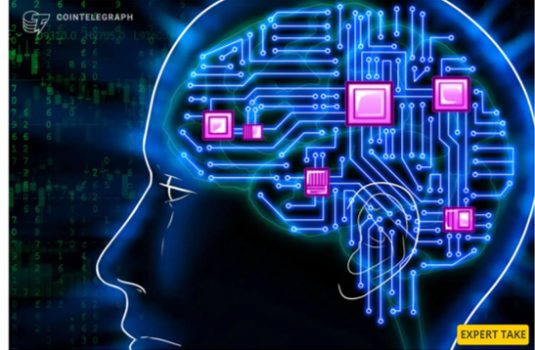K
Kathleen Martin
Guest
Cointelegraph is following the development of an entirely new blockchain from inception to mainnet and beyond through its series, Inside the Blockchain Developer’s Mind. In previous parts, Andrew Levine of Koinos Group discussed some of the challenges the team has faced since identifying the key issues they intend to solve and outlined three of the “crises” that are holding back blockchain adoption: upgradeability, scalability and governance. This series is focused on the consensus algorithm: Part 1 is about proof-of-work, Part 2 is about proof-of-stake and Part 3 is about proof-of-burn.
In this article, I want to leverage my unique perspective to help the reader gain a deeper understanding of a popular concept in blockchain technology, but also one that is woefully misunderstood: the consensus algorithm.
In order to gain a deep understanding of this component of a blockchain, one of the things I always like to do in these articles is begun by taking a step back and looking at the big picture because the consensus algorithm is just one small part of a much larger system.
Blockchains are a game in which players compete to validate transactions by grouping them into blocks that match the blocks of transactions being created by other players. Cryptography is used to hide the data that would allow these people to cheat. A random process is used to distribute digital tokens to people who play by the rules and produce blocks that match the blocks submitted by other people. These blocks are then chained together to create a verifiable record of all the transactions that were ever performed on the network.

Continue reading: https://cointelegraph.com/news/inside-the-blockchain-developer-s-mind-blockchain-consensus-part-1
In this article, I want to leverage my unique perspective to help the reader gain a deeper understanding of a popular concept in blockchain technology, but also one that is woefully misunderstood: the consensus algorithm.
In order to gain a deep understanding of this component of a blockchain, one of the things I always like to do in these articles is begun by taking a step back and looking at the big picture because the consensus algorithm is just one small part of a much larger system.
Blockchains are a game in which players compete to validate transactions by grouping them into blocks that match the blocks of transactions being created by other players. Cryptography is used to hide the data that would allow these people to cheat. A random process is used to distribute digital tokens to people who play by the rules and produce blocks that match the blocks submitted by other people. These blocks are then chained together to create a verifiable record of all the transactions that were ever performed on the network.

Continue reading: https://cointelegraph.com/news/inside-the-blockchain-developer-s-mind-blockchain-consensus-part-1

